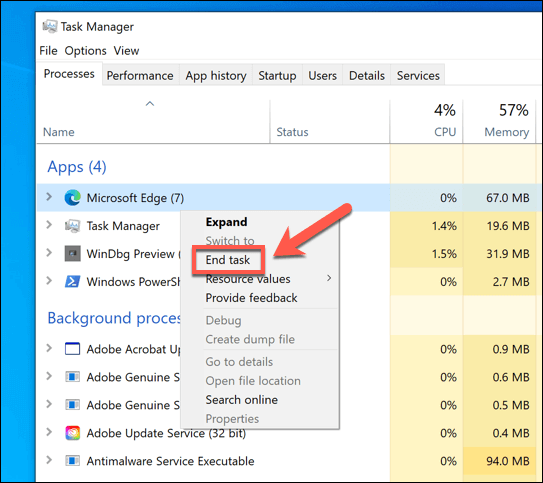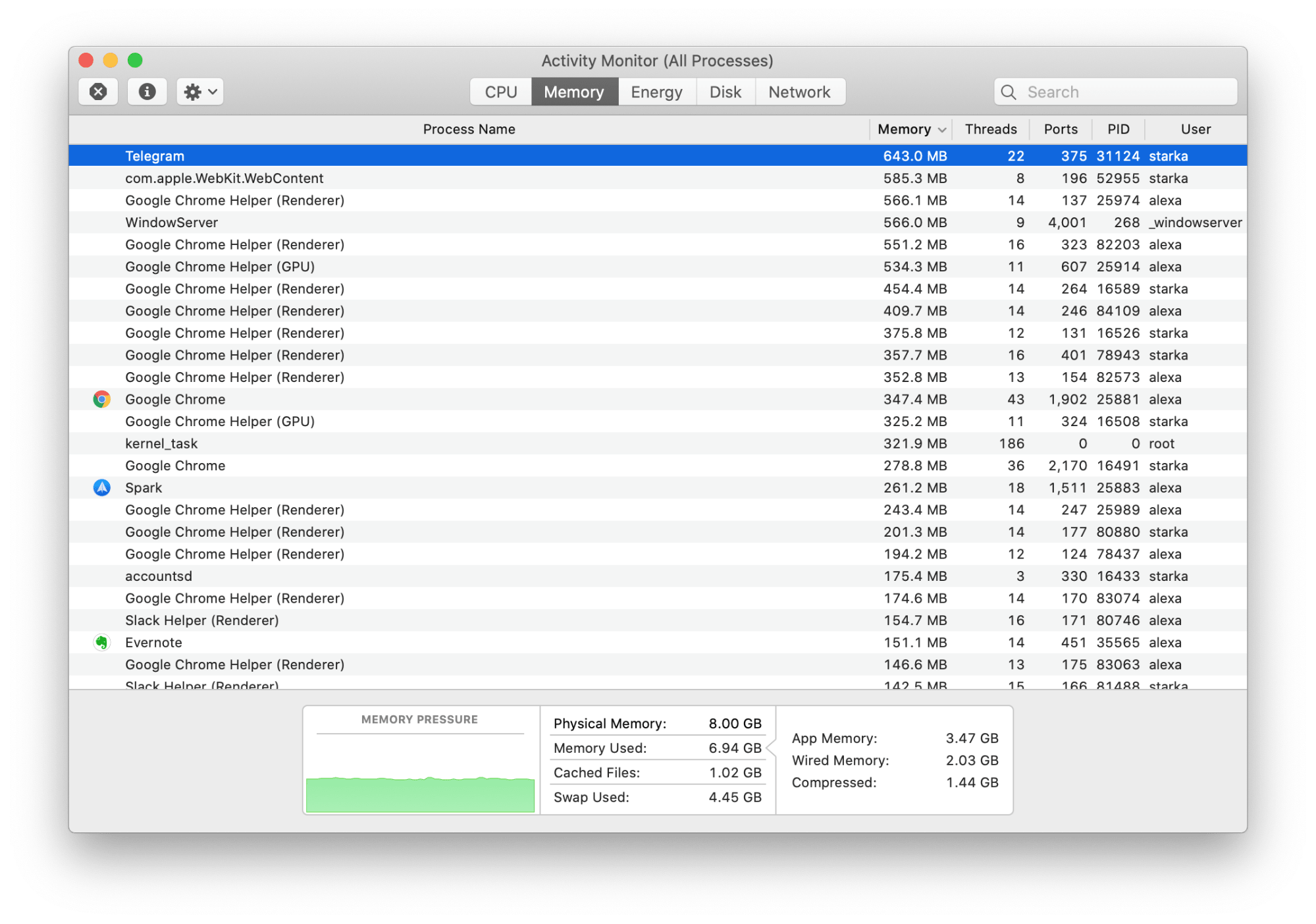
:max_bytes(150000):strip_icc()/MoreDetails-9bd81344cb924bf8bfd6c5adecb1b3b4.jpg)
- #End task manager shortcut how to#
- #End task manager shortcut windows 10#
- #End task manager shortcut mac#
- #End task manager shortcut windows#
There might be a couple of more ways to access the Task manager but, the ways I mentioned above are the best. Just start typing task manager and this will search the task manager app for you.
#End task manager shortcut windows#
Press the Windows key from the keyboard, this will open up the Start menu.

You can also use the same command taskmgr in the Command Prompt window. Press Windows+R keyboard shortcut to open up the Run windows and type taskmgr and hit OK to open the Task Manager. Pressing the Ctrl+Alt+Delete keys from the keyboard will open a different screen with few options in the middle, where you can see the Task Manager option to open it.

#End task manager shortcut windows 10#
This Windows 10 shortcut to start Task Manager still works in Windows 11. Just press the keyboard keys combination Ctrl+Shift+Escape and Task Manager will appear instantly. To launch the Task Manager, right-click on the Start button and then select Task Manager from the menu. After learning the different ways you can choose one that you like. I am going to tell you 5 different ways to open Task Manager quickly that include shortcuts as well.
#End task manager shortcut how to#
Let’s see how to access Task Manager in Windows 11 quickly.ĥ Ways to Open Task Manager in Windows 11

You can use the keyboard shortcut, through a simple Run command, or even from the Start button. In Windows 11 this option is removed, don’t worry there is more than one way to open Task Manager in Windows 11. When you right-click on the taskbar and there was an option to open Task Manager. Now that you've dealt with your crashing application, you can get back to work.In Windows 10 I used to open up the Task Manager from the taskbar. Here are the different shortcut options for Task Manager. It'll suggest whatever program you're currently using For example, the task manager is usually accessed when an application or program interferes with the operation of the computer, and if a particular program disables the keyboard, you can still use a mouse or other options to access the task manager. However, there is a similar shortcut to force quit applications, which is one of the things the Task Manager in Windows is capable of. If you want to kill the process completely, then you could right-click it, select End Process and it’ll die (most of the time).
#End task manager shortcut mac#
And this is the reason why hitting Control + Alt + Delete on Mac is useless. When Task Manager appears, look for the process consuming all your CPU time (click Processes, then click View > Select Columns and check CPU if that column isn’t displayed). Scroll down to "Force Quit" and it'll bring up the same task manager. Unlike Windows Task Manager, there’s no direct shortcut to open the Task Manager on a Mac. Why learn just one way to force quit when you can learn two? Click the Apple logo at the top left of your screen in the menu bar. Make sure you enable auto-saving, back up your projects often, and keep your computer clean and up to date. Note: since you'll be forcing that program to quit in the middle of whatever you were doing, any unsaved data might be lost. Then just select the non-responsive program and hit "Force Quit" which will stop that program from running. This will bring up a task manager type window that looks like this: Command+Option+ESC brings you here Here's where those keys are located on a typical Mac keyboard: Just tap COMMAND+OPTION+ESC, in that order. You should see the Task Manager window open after a brief moment. This is the command to open the Task Manager program from within any directory on your computer. The easiest way to force a program to quit on your Mac is a simple key sequence similar to ctrl+alt+delete. Its near the top of the Windows System folder. But that doesn't work on a Mac.ĭon't worry, though - there is one super simple way to force quit on a Mac (and a couple other methods you can keep in your back pocket as well). If you have a Windows machine, you can just use the familiar CTRL+ALT+DEL sequence to force quit whatever program is misbehaving. Or rather, a program we're in just stops responding. It happens to the best of us: we're working away on some important project, and our trusty computer freezes.


 0 kommentar(er)
0 kommentar(er)
